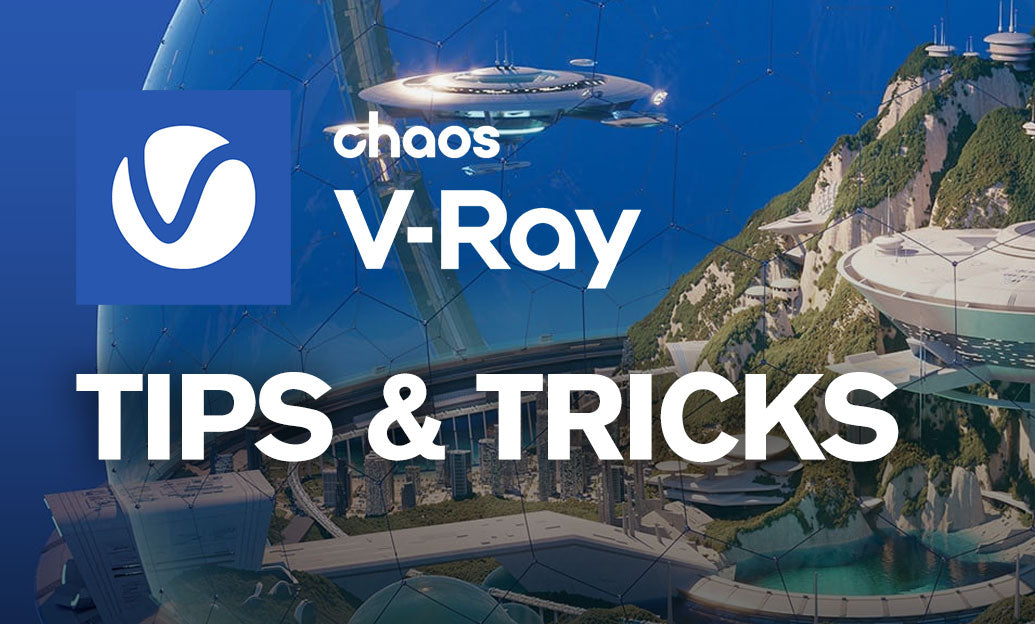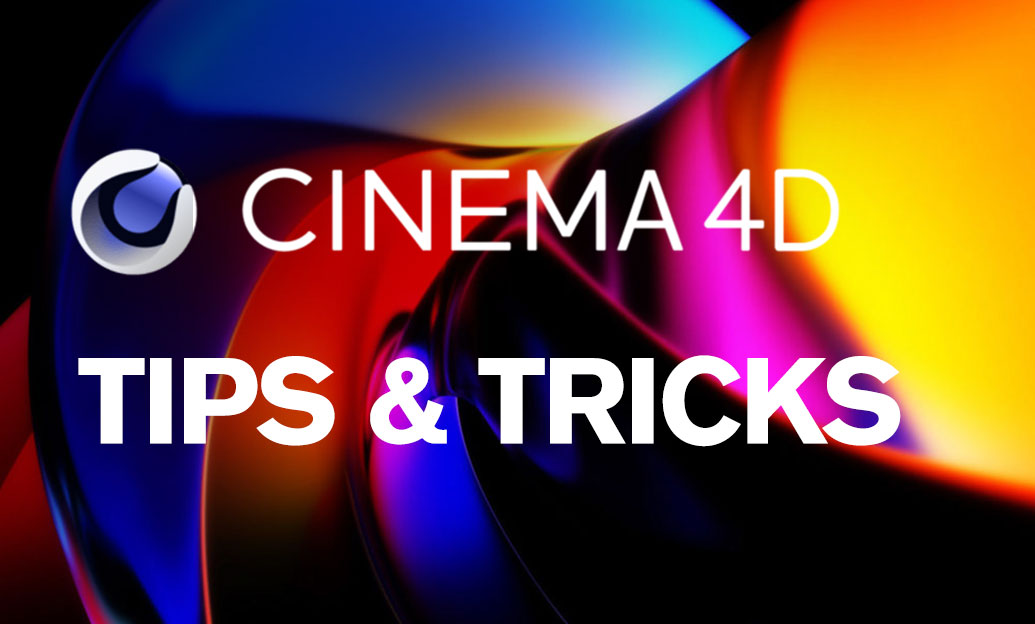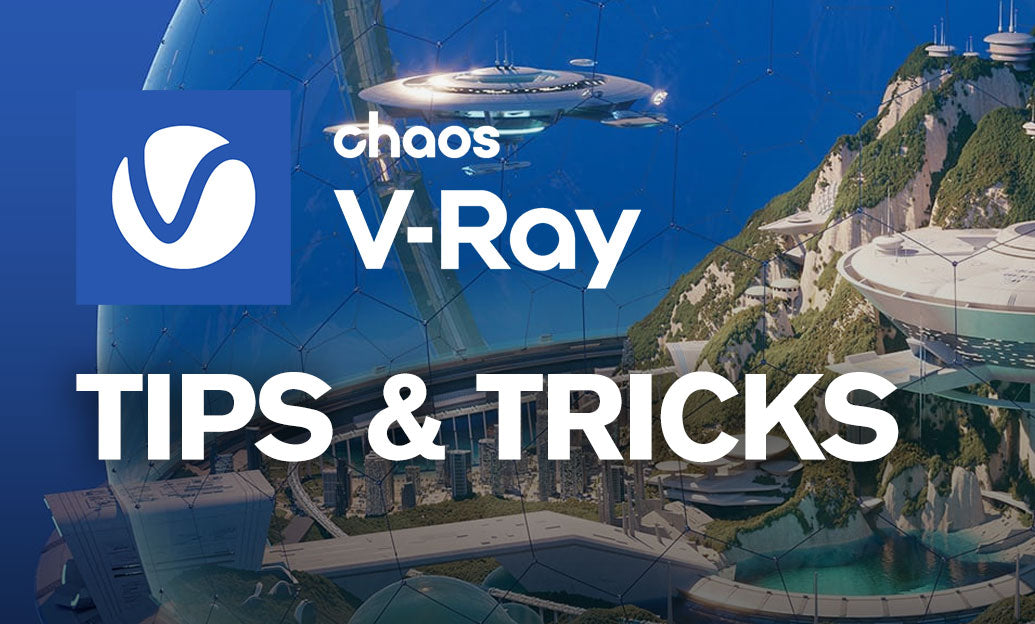Your Cart is Empty
Customer Testimonials
-
"Great customer service. The folks at Novedge were super helpful in navigating a somewhat complicated order including software upgrades and serial numbers in various stages of inactivity. They were friendly and helpful throughout the process.."
Ruben Ruckmark
"Quick & very helpful. We have been using Novedge for years and are very happy with their quick service when we need to make a purchase and excellent support resolving any issues."
Will Woodson
"Scott is the best. He reminds me about subscriptions dates, guides me in the correct direction for updates. He always responds promptly to me. He is literally the reason I continue to work with Novedge and will do so in the future."
Edward Mchugh
"Calvin Lok is “the man”. After my purchase of Sketchup 2021, he called me and provided step-by-step instructions to ease me through difficulties I was having with the setup of my new software."
Mike Borzage
V-Ray Tip: Fast non-destructive relighting with V-Ray Light Mix
October 28, 2025 2 min read

Today’s tip focuses on getting the most from V-Ray Light Mix for fast, non-destructive relighting without re-rendering.
Setup
- Add the VRayLightMix render element before rendering. Choose grouping by individual lights for fine control, or by layers/instances for performance and organization.
- Include your environment contribution: Dome Lights and Environment will appear as their own Light Mix entries for quick HDRI balancing.
- Render interactively (Progressive) for immediate feedback; Light Mix also works with Bucket renders for final quality.
- Use “Generate/Update Light Mix” to match current scene values, ensuring sliders reflect your latest light intensities and colors.
Workflow
- Adjust light color, intensity, and on/off states directly in the VFB’s Light Mix panel. Use numerical entry for predictable, repeatable changes.
- Keep exposure consistent with the camera or VFB Color Corrections; Light Mix rebalances light contributions, but does not replace proper exposure.
- When you like the look, commit changes back to the scene with “To Scene.” This updates the actual lights so you can re-render or hand off reliably.
- Save presets and VFB states to version your looks. This is ideal for client reviews and A/B comparisons.
Best practices
- Plan your groups: large scenes benefit from grouping by layer (key, fill, rim, practicals, exteriors) for fewer, more meaningful controls.
- Avoid extreme Light Mix boosts on very noisy lights; re-render or raise light samples if you push values significantly.
- Match color spaces: keep your color management consistent (e.g., ACEScg workflow) so Light Mix adjustments remain predictable across projects.
- For animations, bake Light Mix back to the scene before final frames to minimize flicker and ensure deterministic results across a sequence.
- Use Light Mix alongside the VFB layer stack: do your relighting first, then apply tone mapping, curves, and lens effects above it for a clean, modular grade.
- Tag non-critical decorative lights into a single group to reduce sampling overhead, while keeping hero/key lights separate for precise control.
- Check reflections and specular balance after Light Mix changes—big shifts in key lights can expose under-sampled glossy areas. Adjust material or light subdivisions as needed.
- When using HDRI domes, manage both the Dome Light and Environment entries to keep GI and visible background in sync.
Troubleshooting
- Unexpected color shifts: confirm your display/view transform in the VFB matches your studio pipeline.
- Noise after brightening lights: lower Noise Threshold or allow more time in Progressive renders; consider per-light sampling if available.
- Preset inconsistencies: always “Update Light Mix” after scene changes so controls remain accurate.
Pro tip: Treat Light Mix as your creative sand-box—iterate freely, then “To Scene” when approved. It shortens feedback cycles and keeps your final renders faithful to sign-off looks.
Need V-Ray licenses, upgrades, or guidance? Connect with the experts at NOVEDGE. Explore V-Ray options and promotions here: NOVEDGE: V-Ray. For tailored advice on pipelines and color management, reach out to NOVEDGE and streamline your next production.
You can find all the V-Ray products on the NOVEDGE web site at this page.
Also in Design News

Cinema 4D Tip: Noise Shader Best Practices for Procedural Variation
October 31, 2025 2 min read
Read MoreSubscribe
Sign up to get the latest on sales, new releases and more …




